Making work from home work for you, with Dorrie Rush, Jane Breheney and Jaydan Mitchell.
Full Playlist:
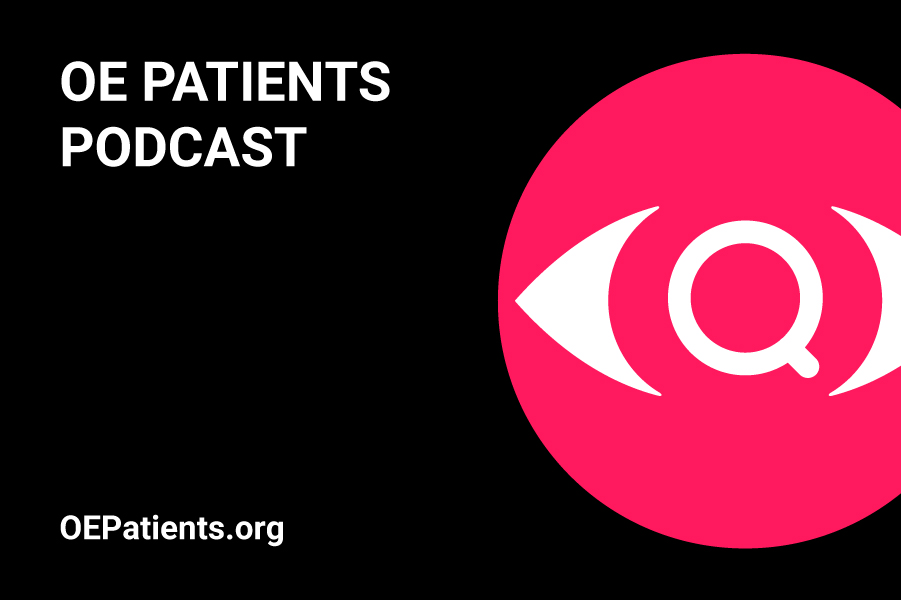
Making work from home work for you, with Dorrie Rush, Jane Breheney and Jaydan Mitchell.
Full Playlist:


The foods we consume can play a powerful role in preventing or minimizing the progression of age-related macular degeneration. Read Now
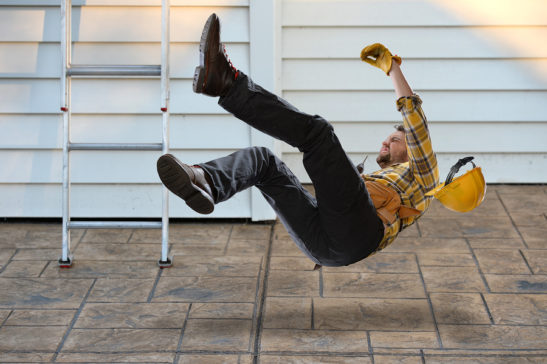
Falling becomes significantly more dangerous as we age. Alice Massa, OT, shares her expert advice aimed at elevating awareness and lowering our risk of taking the fall at all. This page was so popular, we decided to record a podcast with the same title…linked with our podcasts below. Read Now
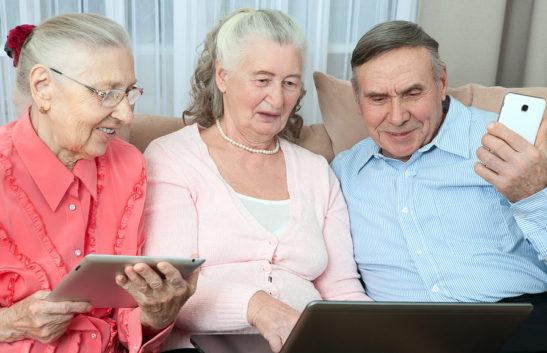
The American Academy of Ophthalmology says many more people will have low vision in the coming years and the tragedy is most are unaware of how to deal with it. OE highlights the information everyone needs to know.
Read Now
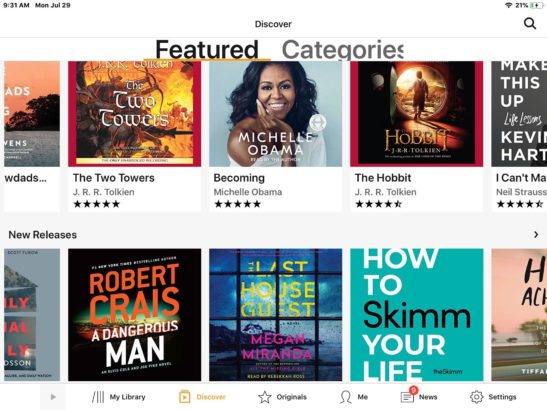
Alexa can read Kindle and Audible books from a Fire tablet or an Echo speaker. Once it’s set up, all you have to do is ask. Read Now

Ride-sharing services are available with the tap of an app. Here are some tips for customers with vision loss.
Read Now
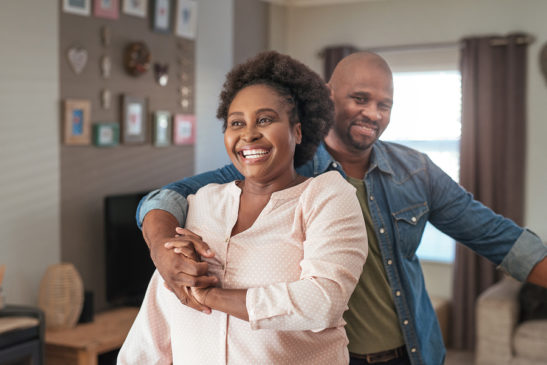
Healthy aging is not just about how you look, it has everything to do with how you see. Take these steps today to preserve your sight for tomorrow. Read Now

If you’ve ever wished you could just borrow a good pair of eyes to help with a quick task, you’ll definitely want to read this post. Read Now

Our gift guide from last season remained a top page all year and the selection holds up beautifully. Read Now
This year’s list is also not to be missed. Read Now
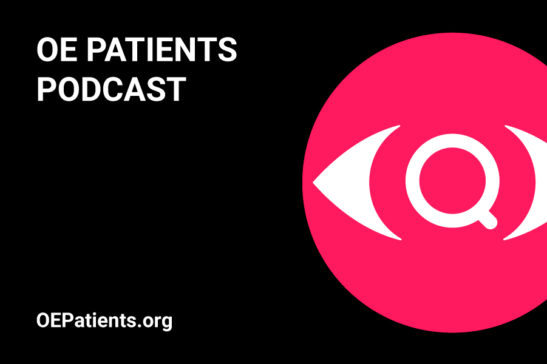
There is no doubt about it, the big star of 2019 was the launch of our podcast. Subscribe to OE Patients Podcast on Apple Podcasts, Spotify, or listen on OE.
Episode 1: Siri, Google & Alexa
Episode 2: Don’t Take The Fall, Prevent It
Episode 3: A Conversation With Hadley’s Douglas Walker
Subscribe to our Monthly Roundup emails so you won’t miss a thing in 2020! Sign Up Now
This post was first published December 19, 2019 and resurfaced September 3, 2020.

Optimism and positivity are inherited traits. Studies show they can also be learned behaviors. It is never too soon, or too late, to build the skills that help us bounce back from adversity.
Facing vision loss is a daunting proposition by any standard. Although we may feel discouraged and overwhelmed at times, getting trapped in negativity is detrimental to overall health and well-being.
Possessing the ability to change the way we think, is a gift in itself. Choosing to exercise our mental muscle builds resilience and resolve. Working on a brighter perspective won’t improve your eyesight, but it will help you see better.
Visual impairments range from minor to severe across a wide spectrum. Even the great majority of people meeting the qualification for “legal blindness” have significant usable sight. People generally exhibit an amazing ability to adjust and carry on. A positive outlook and can-do spirit are qualities key to success.
Here are a few steps toward a brighter perspective:

Tell us: what keeps your glass half full?
This article was first published August 7, 2017 and refreshed August 20, 2020
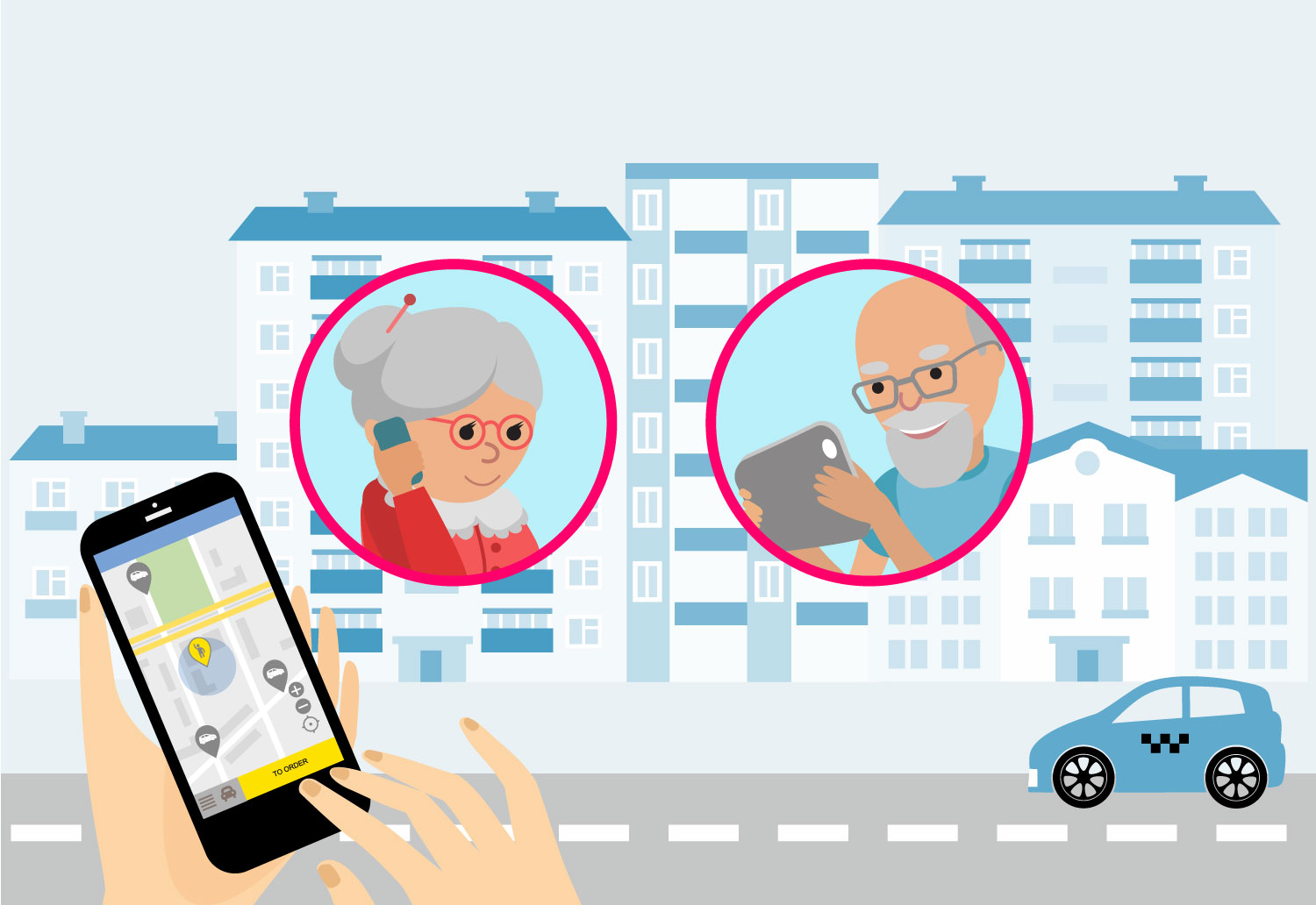
Uber and Lyft are technology companies operating new-age transportation networks on a global scale. Their names have become synonymous with dated terminology like taxi or cab. They deliver transportation to people where and when they need it. The entire process fully transacted on a smartphone app.
Naturally, this seems like a perfect fit for the transportation needs of older adults. But according to a study by PEW Research, less than 1% of Uber customers are 65 and older, while about 4 in 10 seniors are using smartphones.
Justin Boogaard was living with his Grandma Betty, after college, when she gave him the idea for GoGo Grandparent. Betty noticed her grandson was taking a lot of Ubers wherever he needed to go. She recognized this could be a great way for her to get around as well and she wanted to get in on the action. One problem: Uber can only be summoned by app, and Betty didn’t have a smartphone.

Necessity is, after all, the grandmother of invention. Justin set out to find Betty an easier way to get an Uber, and a startup was born. GoGo Grandparent takes the app out of the equation as it adds people back in. Less technology and more personal attention open up these transportation services to a significant demographic they would not have otherwise attracted. With GoGo Grandparent the transaction is conducted by phone, with customer service agents. They order the car, communicate with the driver, and monitor your trip.
There is technically no age requirement, so you don’t actually have to be a Grandparent and you can schedule a ride from any phone you choose. The concierge fee for this service is $0.27 a minute, which means if the ride takes 15 minutes the fee added to your fare is $4.05.
Uber and Lyft cars are notoriously difficult to locate, particularly if you are visually impaired. GoGo Grandparent can help by making the driver aware and by providing the customer with more detailed location information.
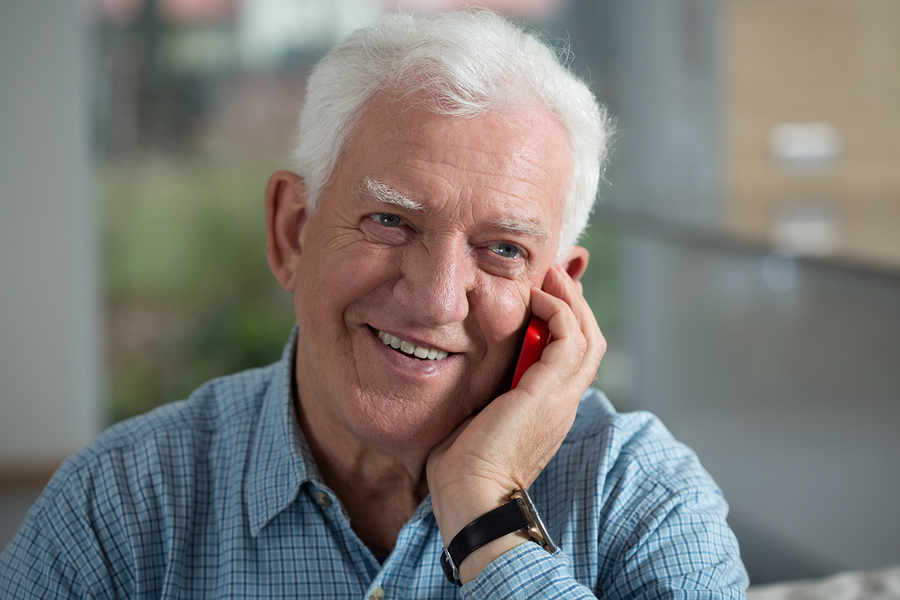
GoGo Grandparent recently added a membership requirement and new services – here’s an update.
The basic membership now carries a monthly fee of $9.99, enabling customers to order an Uber or Lyft from any phone, no app required. There is also a Concierge Fee, of $0.27 per minute, added to the fare and billed to your credit card by GoGo Grandparent. No cash is exchanged. Set up custom pick up locations, use voice commands for ordering, and set up family alerts to keep your loved ones in the loop.
An upgrade to GoGo Gold Client is $30 a month and and it offers premium perks including:
Just in time for the COVID-19 pandemic, GoGo Grandparent expanded its app-free ordering to include food and groceries delivered to your door. Restaurant orders are fulfilled by delivery services like DoorDash, GrubHub, Postmates and Uber Eats, with a Concierge Fee of $6.50 per order for Basic Members, $2 for Gold Clients. Groceries are fulfilled locally by Instacart, Walmart, Postmates and Shipt, with a Concierge Fee of $13 for Basic Members and $5 for Gold Clients.
If this sounds interesting and you think you’d like to try it out, GoGo will also give you a 30-day free trial.
Phone: 855.464.6872
Please note, this article was not paid for, affiliated with, or endorsed by any third-party companies. The views and opinions expressed in this article are solely those of the author’s.
Originally published on October 2, 2017 and updated on June 17, 2020.

In these changing times, embracing technology is essential. We’ve resurfaced this popular article to remind you how to adopt and adapt, successfully.
The path of least resistance is rarely the best route anywhere. There are untold rewards awaiting right outside the comfort zone. This is true for everyone, particularly as we age, and especially as we adjust to a visual impairment or legal blindness.
There is ample proof that physical fitness rewards us with multiple long-term benefits. Learning new skills is in fact, critical exercise for the brain. Just like weight training or cardio workouts, you will love how good it makes you feel.
Learning something new is a process we each have many personal references for. It is similar to our earliest learning experiences: learning to ride a bicycle, to swim, to skate or to play an instrument. At first, the prospect seems daunting. You are inexperienced, wobbly and unsure. But the more you do it, the better you get. At some point, after a fair amount of practice, it becomes ingrained in your muscle memory. You can now do it without really even thinking about it too much. It has become second nature.
The way you approach learning can be applied to learning anything. For the purpose of adjusting to vision loss, let’s look at it as it pertains to technology. There is no good reason to give up the use of a computer, smartphone, or tablet because of a visual impairment. It means it’s time to learn a new way to use it, employing their built-in accessibility features.
Many people succeed in learning new things, and many don’t. There are 5 necessary elements to getting the job done and they do not require an inherent skill or aptitude. That means, saying you are not good with technology, for example, is not a valid excuse.
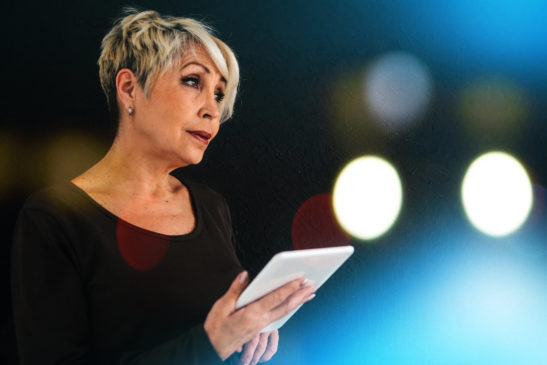
Here are the 5 key elements that converge in successful learners:
Desire
They possess a strong personal DESIRE to learn something specific. They are not doing it because someone else wants them to.
Learning to use an iPad is very broad and feels overwhelming. Learning to use an iPad for email, or to read a book or a newspaper, is specific and manageable. It’s fine to have more than one specific, but it is best to learn one application at a time.
Instruction
They find tutorials or training. The options for instruction do not have to be structured or formal, they can be accessed by phone, online or in person.
More advice on this in these articles on OE Patients:
Savvy Seniors Tech Support Resources
Accessibility Support Phone Lines You Should Know
Let iPhone’s VoiceOver do the Reading
Commitment
They COMMIT to doing the work and get in for the longterm, determined to succeed.
Practice, Practice, Practice
They are willing to PRACTICE every day for 1-hour, minimum. No excuses. Repetition is pivotal to the process.
Results
They get RESULTS. Successful results are the foundation for more of the same.
That’s the simple but winning strategy. Do not forget you have an impressive portfolio of successful learning to draw from.
This article was originally published April 28, 2018.

In this episode, restaurateur Ben Benson shares his experience building a successful business, all the while dealing with progressive vision loss. He takes us from the start of TGI Fridays, to Smith & Wollensky and Ben Benson’s Steakhouse. He speaks of the many adjustments he made throughout, and how his favorite technologies — iPhone, Siri and Alexa — help him compensate today.
Full Playlist:

Too many patients with low vision believe “nothing can be done” to improve their quality of life. In this episode Dorrie Rush and Jaydan Mitchell are busting that myth with a review of just the basics everyone needs to know about living better with vision loss.
Full Playlist:
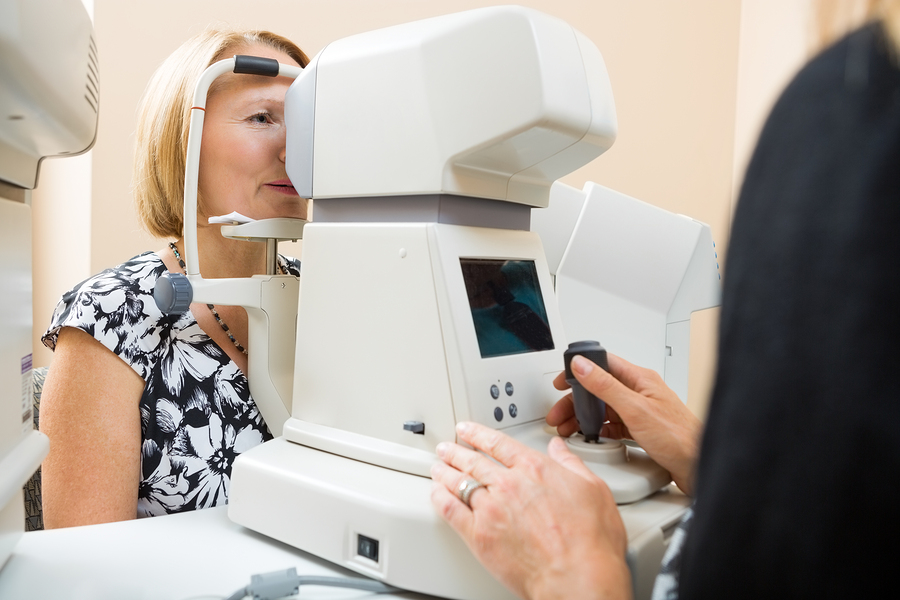
January is Glaucoma Awareness Month, strategically placed at the start of each new year to remind us to schedule our annual comprehensive eye exam because early detection is still the best way to prevent the irreversible vision loss that can be caused quietly in the early stages and without noticeable symptoms. According to Prevent Blindness, more than 2.8 million Americans age 40 plus have glaucoma and nearly half do not know they have the disease.
When it comes to glaucoma awareness, it’s always a good time to improve your understanding and evaluate your risk.
Glaucoma is an increased pressure in the eyeball. It can be thought of as a “plumbing problem” with either too much fluid entering a closed system or not enough fluid going out. The result is an elevation in the intraocular pressure. Over time the pressure will irreversibly damage the optic nerve, which sends visual information from the retina to the brain.
There are no overt symptoms, so the vision loss which begins peripherally can quietly progress unnoticed. Early detection is key to saving sight. Regular comprehensive eye exams are the best way to detect glaucoma in its early stages. Although there is no cure, there is effective treatment. Eye drops are commonly prescribed to control the pressure.
You are at a higher risk for developing glaucoma if you have a family history (especially a sibling), are of African, Asian or Hispanic descent; are over age 60, have diabetes or are severely nearsighted. If you are affected by any other eye disease it is also important to have your pressure tested regularly.
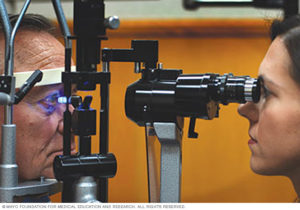
It should also be noted that pressure problems often occur after retinal procedures and may last for short or long periods of time. Dependent on individual patient anatomy or pathology, these pressure changes require careful and sometimes immediate attention if permanent damage to the optic nerve is to be curtailed or prevented. Pressure elevations may even occur long after retinal procedures, a result of “altered” slow changes in tissues over time. While everyone should be aware of the need to check their intraocular pressure on a routine basis, those having undergone a retinal procedure should be especially vigilant in the immediate postoperative period and periodically thereafter. Often slow elevations occur without noticeable symptoms.
Should you find yourself in any of the risk categories mentioned, please consult your ophthalmologist and be meticulous in keeping up with your exams to avoid visual impairment, legal blindness, and potentially even total blindness.
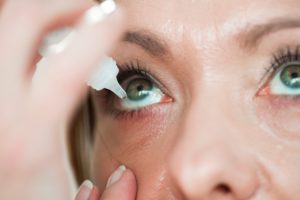
This article has been updated from original version published January 11, 2018.
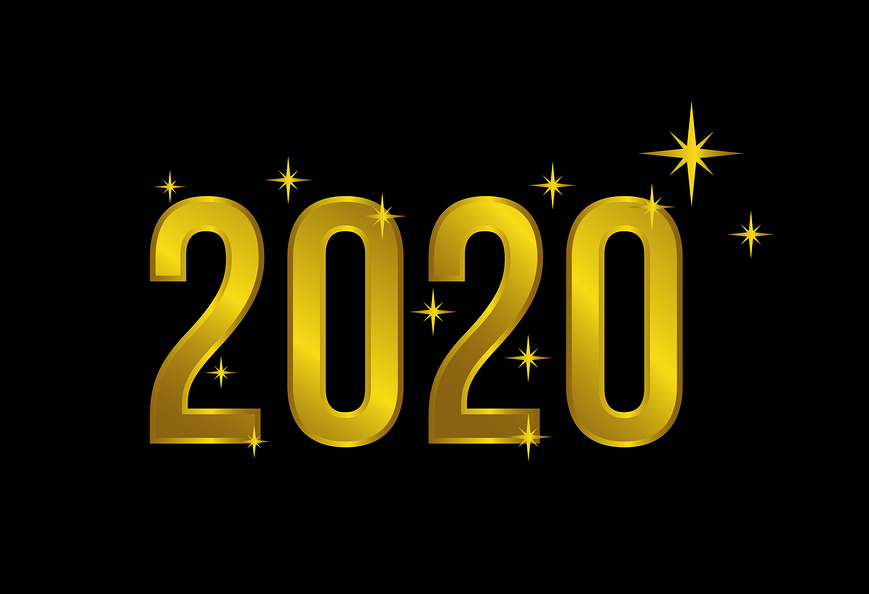
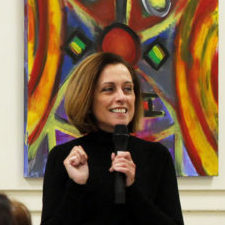
Dorrie Rush, Chief Content Editor of OEPatients.org
2020 Is A Year for Clarity
We’re kicking off 2020, a number which, by my Google Assistants definition, also denotes vision of normal sharpness. A wonderful thought, but for many of us normal vision is not likely to become reality any time soon. There is, however, so much we can do to improve the lives we live with vision loss, and that is our mission, at OE Patients, for the foreseeable future. The numbers of older Americans living with low vision will double in coming years, and according to the American Academy of Ophthalmology (AAO), “most of the people impacted believe nothing can be done to improve their quality of life.”
Twenty years ago, I was a member of this misinformed population. I distinctly recall posing the questions to the ophthalmologists as my vision loss progressed. “Is there somewhere I should go? Someone I should see? A class or course I can take to learn how I can continue living with severely impaired eyesight?” The response was usually a variation on, “Nothing can be done.” Although, it seems implausible two decades later, this may very well be the answer patients are still hearing today.
Is it possible this error in communication comes down to a huge misunderstanding? Physicians collectively and correctly view their role as healer. When there is no treatment for the disease, no correction for the visual loss, they may feel the next stage is not in their jurisdiction. Patients also conflate the declaration, “Nothing can be done (medically),” with “There is nothing YOU can do (either).” Both physicians and patients take part in this mix up, and both can do their part to fix it.
Many ophthalmologists today do take a moment to encourage patients to begin making adjustments from the earliest stages of vision loss and to recommend helpful resources. They also refer to a low vision specialist who will evaluate the best ways a patient can maximize their remaining vision, utilize available low vision devices and adjust the vision settings on their personal technologies. On the patients side, we certainly know many today, like our OE subscribers, are savvy self-advocates, actively engaged in the process of adjusting to, and living with vision loss.
In 2001, I joined the staff of Lighthouse International and began to understand the services offered by a vision rehabilitation agency. I was advantaged by the full access to expert and professional resources and advice, from which I benefitted greatly. An essential factor in my ongoing successful adjustment to progressing vision loss, was that I got an early start. Most patients are not referred for vision rehab services until they are legally blind, which is the threshold for reimbursement. Waiting to qualify for legal blindness, can also create an insurmountable set back.
In 2017, the Association for Macular Diseases and Ophthalmic Edge joined forces to launch OEPatients.org with the objective to elevate awareness by offering an added level of empowering information, not typically available in the physicians office. Our digital magazine format has an option to “Listen” instead of read, at the top right menu on every page. In the fall of 2019, we added the OE Patients Podcast (on OE, Apple and Spotify) to expand our content offering on Adjusting, Technology, Health and Voices of Experience.
Let’s work together to make 2020 a year for improved communication and focus on Living Better with Low Vision. We’ll all benefit. Join Us!
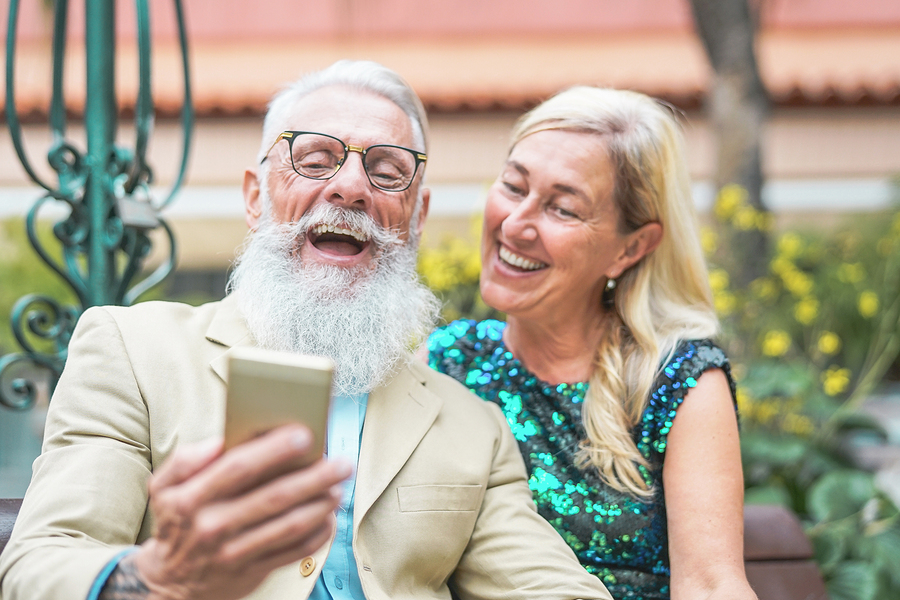
It’s the beginning of 2020, a symbolic year and we hope it brings great things! Let’s start out the year with an important reminder about the many ways you can promote better living with vision loss, for yourself, a family member or a friend. It definitely takes some effort to adjust and continue living life productively, but it’s well worth the work, and it totally beats the alternative.
A recent statement by the American Academy of Ophthalmology (AAO) was eye opening to say the least. They noted the number of older Americans with low vision will likely double in the coming years, and stated, “the tragedy isn’t that people have lost vision, it’s that most believe nothing can be done to improve their quality of life.” The ill-informed belief that “nothing can be done” is a false narrative that we are working to correct.
The basic fact is, when you know better, you do better. OE Patients is dedicated to elevating awareness and empowering patients to live their best life. Improve your low vision IQ, or help a loved one do the same.
Here’s our list of basic tips to inspire change.
Small changes have big impacts on daily living. Your willingness to adjust, as necessary, little by little, delivers compounded dividends. Forget about the inconvenience of doing something different than the way you did it before, it’s way better than giving up something you love altogether. Making adjustments is primary, and all you need is some practice!
Reading options are a great way to begin your practice of adjusting.
Get to know Alexa, Google and Siri, the voice assistants whose popularity is growing at record speed. They can do simple or complicated tasks, the choices are yours.
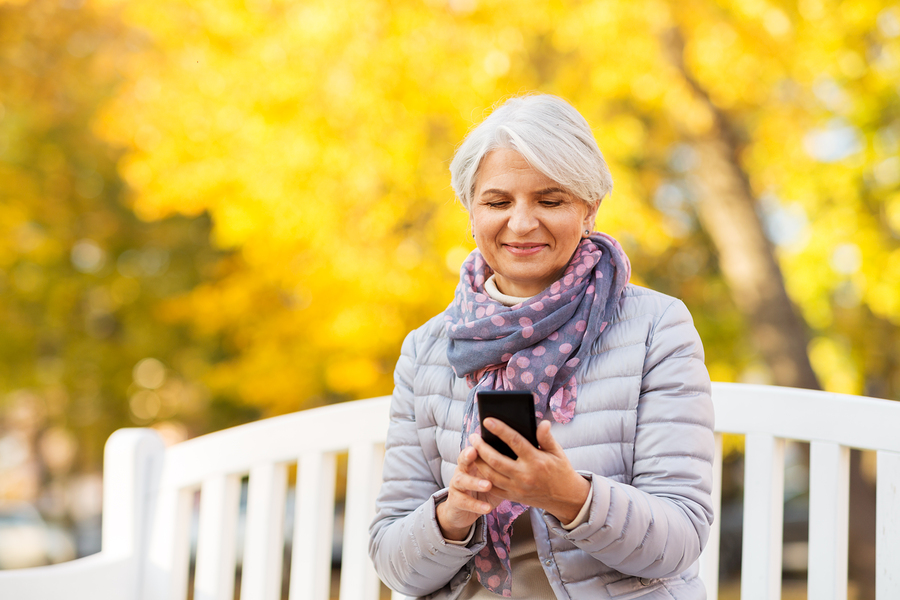
Apple and Android phones go the distance with accessibility settings that cover the spectrum of vision loss. And then there are endless apps that do even more.
Accessibility support is available to help you set visual preferences on smartphones, tablets and computers. So stop struggling with technology and make some adjustments.
Ask your ophthalmologist for information and referral for a Low Vision Evaluation and Vision Rehabilitation Services.
There’s lots more information on the pages of OEPatients.org. Here’s to a happy, healthy and productive year!

Millions are affected by vision loss that cannot be corrected, yet it is quite rare that someone with a high profile is willing to openly share their experience. In 1998, Henry Grunwald, the former managing editor of Time magazine and editor and chief of Time, Inc., published a memoir describing the ways age-related macular disease imposed on life as he knew it. The title, “Twilight: Losing Sight, Gaining Insight,” gave us the first clue, that Henry was, despite the challenges, working things out.
Two decades later, in a somewhat similar fashion, Frank Bruni, New York Times journalist and author, is sharing his personal experience losing sight suddenly to a stroke of the eye. From his first insightful column on the subject, titled “Am I Going Blind?,” we learn that Frank, like Henry, is acquiring a new outlook. Frank Bruni speaks to us in a way that is compelling, whether you know vision loss intimately or not. He is also writing a book about the life-changing experience, which will be published in 2022.
A stroke of the eye is referred to by the acronym “NAION” for non-arteritic anterior ischemic optic neuropathy which refers to loss of blood flow to the optic nerve (the connection between the eye and the brain). This condition typically causes sudden vision loss in one eye, without any pain. There is a 20% chance it will happen in the other eye, which you hope and pray is not the case. There is currently no treatment to reverse the loss or restore the sight.
It has been two years since Frank woke up one Saturday morning in October and discovered his vision had changed. His good eye compensates for the eye that is impaired, but not completely. Some might think it quite reasonable for a writer facing vision loss to give up on writing entirely, but that would be in many cases a serious misunderstanding. The gifts we are given rise above vision loss, as a rule. This is the lesson Grunwald and Bruni teach. Frank explores how visually impaired and blind writers rise to the occasion in his column titled “Writing With Your Eyes Closed,” and you don’t have to be a writer to get the point.
Frank has been a voice at The New York Times for over 25 years, talking politics, food, religion and now he’s added vision to the mix. His recent podcast interview for Hadley Presents with Ricky Enger, brought us more information about his process of adjusting. Nearly two years into his experience, Frank has arrived at some powerful conclusions that we can all benefit from.

He now understands “how crucial perspective is.” By looking around you may come to realize your own challenges are a “pittance compared to what most people deal with.” He focuses on the many ways he is “lucky.”
He decides to prepare, just in case, by getting used to listening to audiobooks. This is not always an easy or quick adjustment. Frank rediscovers why he loves visual reading and switches his strategy back to reading print for as long as he possibly can.
The speed of his writing has slowed a bit from what was a very fast pace, and he must be diligent with the correction of typos, but he now understands writing is a gift that is actually not dependent on good eye sight. He learned touch typing in high school and that is a very important skill to have, no need to look at the keys.
He has a great appreciation for the accessibility in today’s technology and gives a shout out to Apple for the accessibility features that cover the spectrum of vision loss. He utilizes the changes to font sizes, light and brightness, remarking that 20 years ago this would not have been possible.
Frank is surprised and dismayed by the lack of information or guidance he was offered by doctors about dealing with the inherent psychological and emotional impact of losing sight. What he did hear from the doctors was, “So sorry, this is a rough blow, nothing we can do.” He considers the omission a dereliction of duty, and is concerned for the patients who don’t have the ability or resources to figure out what to do next.
Listen to the Hadley Presents podcast:
NYT Columnist Frank Bruni on Vision Loss and Life in Perspective
*Featured image source: Seattle Arts & Lectures*